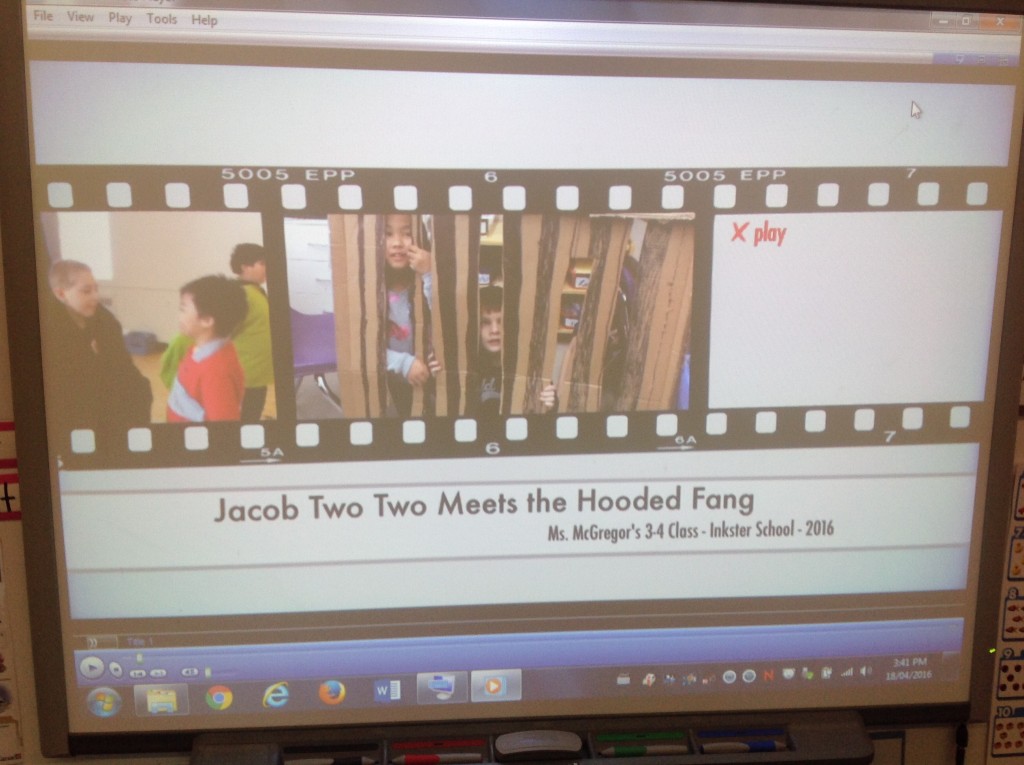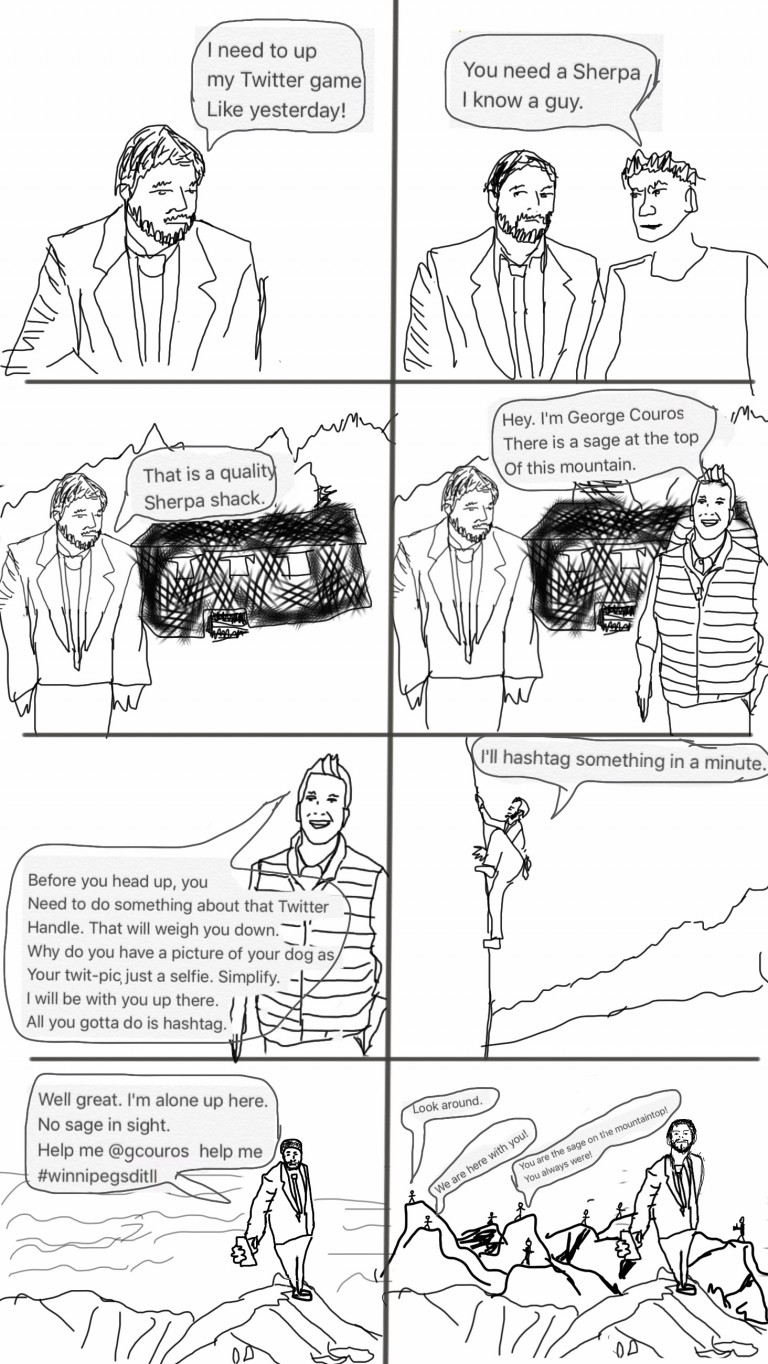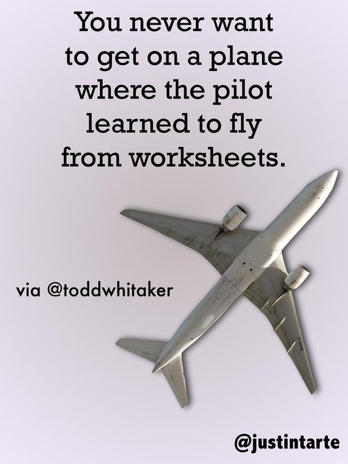
Over the years, I have dabbled in making short movies with my students for a variety of reasons. Some on camcorders with the mini tapes where the batteries consistently failed, others on my Canon camera with tiny images. Both set up for a nightmare in editing post project. It would be a collaborative enterprise, but it would still fall on me. Not this time. iMovie on iPad is a convenient and easy way to drop and drag your way into a quality movie with high student involvement every step of the way.
This year we read aloud Jacob Two Two Meets the Hooded Fang by Mordecai Richler which lent itself well as a feature film because of its size and storyline. It is a tale about a little boy who was always told he was too little and ends up becoming a hero. As we read, we started by creating a large story board to track characters and main ideas through drawing and writing. It emerged through class discussions that since we had iPads for a period of time, maybe we could make the characters come alive in a movie of the book and the rest was history.
The student engagement, commitment and cooperation were immediately evident. Once characters were selected, scripts were written by scene and by the actors. One student took on filming and direction; others were in charge of background music and spent hours experimenting in Garageband and doing voice-over narrations. Groups of students worked on props, made invitations and posters for our premiere.
We filmed over a series of weeks and students maintained their enthusiasm the entire time because of their ownership in the project. It didn’t stop there. To get a complete experience, actors created cast photos and bios, decorated a viewing room with a red carpet and invited parents to a Popcorn Premiere Party to celebrate their efforts and receive their own DVD for posterity.
Where it gets interesting… students with speech issues were determined to have speaking roles. Students with focus and attention issues were dialed in. A quieter student became the director. Dramatization deepened comprehension for all students.
It was a learning journey for me too. I was introduced to the lightning projector cable (which was great because now I use iPads as document cameras in other parts of my day). I learned what the sound limitations are of the iPad microphones for the next project. And finally, I learned to share large files through Dropbox saving me extreme frustration.
Believe me, I don’t own shares in Mac and I’m not selling anything new – many teachers make movies with their students. But for my learning journey, this was a student and teacher friendly way for me to step back and my students take the lead. Having easy to use technology is one of the keys, but without the iPads in first place, I wouldn’t be writing this blog. But that is a story for another time. 😉
Shelagh McGregor
Inkster School
Grade 3/4
Cluster 1971

